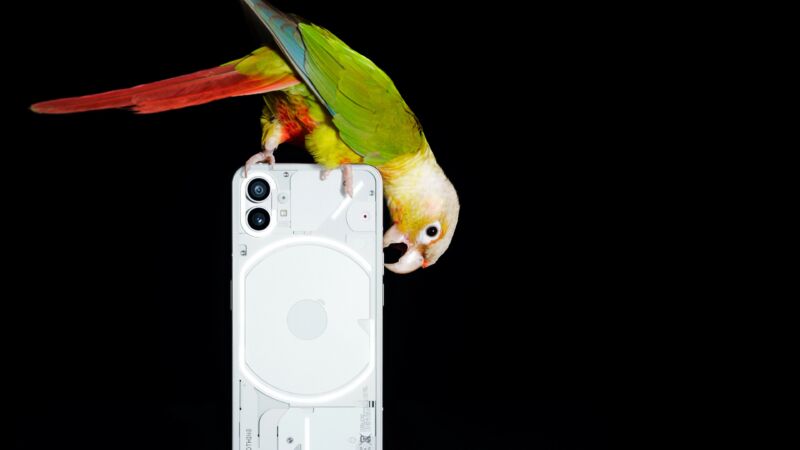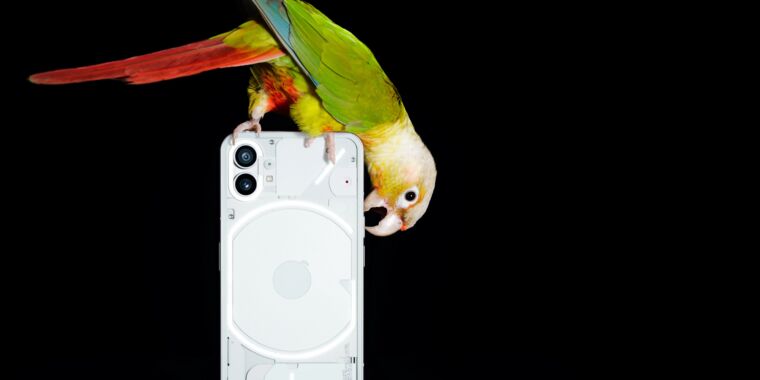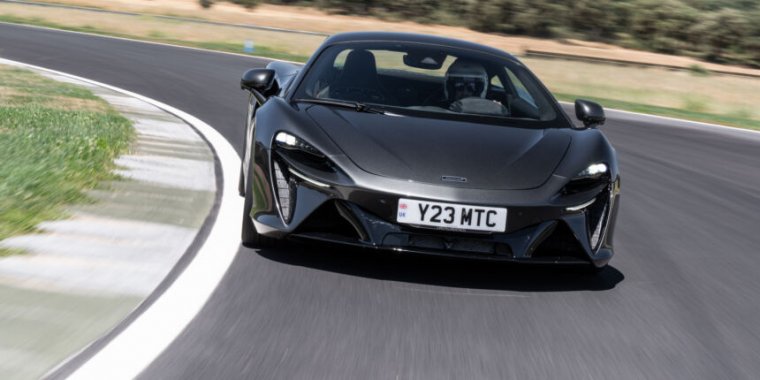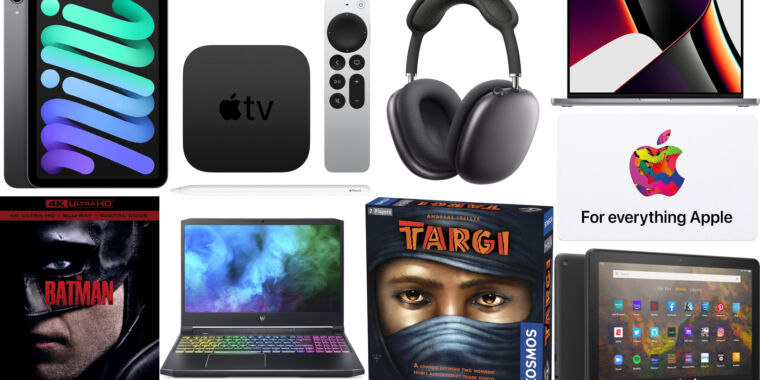
Nothing
A consumer-electronics startup called Nothing has secured financing of more than $200 million to launch its debut smartphone, in the first attempt for several years by a newcomer to crack a market dominated by Apple and Samsung.
Nothing will unveil the design of its first smartphone, called Phone (1) on Wednesday, before it goes on general sale this summer. The device has a transparent back, revealing electronics components such as a wireless charging coil that are normally hidden, and runs on the Android operating system.
The company’s backers include Alphabet’s venture capital arm, EQT Ventures and former Apple designer Tony Fadell. They are betting that Carl Pei, Nothing’s chief executive, who previously cofounded Chinese smartphone brand OnePlus, can succeed where even Andy Rubin, the co-founder of the Android mobile operating system, failed.
Rubin’s start-up Essential raised $330 million but shut down in 2020 after its 2017 smartphone launch sold fewer than 100,000 units in its first six months, according to estimates by research firm IDC at the time.
“I come from a very hardware centric background and he comes from a very software centric background,” Pei said of Rubin in an interview with the Financial Times. “People with more credibility than I have tried and failed . . . They underestimated the complexity of this industry.”
After several years where most smartphones have come to resemble Apple’s iPhone designs, Pei said, “people are yearning for something new.”
After the failure of start-ups such as Essential that attempted to offer more novel designs, the smartphone market has become more concentrated.
According to market researchers Counterpoint, just four companies accounted for almost three-quarters of the 1.4 billion smartphones sold globally last year.
Pei’s previous venture, OnePlus, is part of China-based BBK Electronics, which has become the fourth-biggest smartphone player alongside Apple, Samsung and Xiaomi, through a range of brands including Oppo, Vivo and Realme.
That concentration has made launching a new handset even more difficult in recent years, Pei admitted. Manufacturers are more reluctant to work with newcomers after being burnt by low sales of earlier start-ups. Obtaining components, many of which are already constrained across the industry, is more challenging for new entrants with lower volumes.
Last year, Nothing initially ordered around 700,000 screens for its first run of Phone (1) but has been able to increase that order after raising more capital and building confidence among distributors with last year’s launch of its first product, a pair of wireless earbuds that sport the same transparent casing as its forthcoming phone. Nothing has shipped 530,000 units of Ear (1) since the device went on general sale last August.
That helped to “prove to the market that this team cannot only design a really beautiful product, but can manufacture and sell it at scale,” Pei said. “Using this proof point, we raised more money to be able to build a smartphone. And if the smartphone subsequently does well we can raise more money to do the next thing we want to do.”
Nothing has raised $144 million in equity funding and has a $65 million revolving line of credit from its sales partners. The company is working with O2 in the UK, Deutsche Telekom in Germany and Flipkart in India to distribute the phone when it launches, with ambitions to eventually launch in the US if Phone (1) sells well.
With 330 staff, Nothing runs its supply chain and hardware from Shenzhen, China, with design and marketing in Europe and other teams in India, Taiwan and California. The intellectual property behind its products are held in the UK.
“A lot of Android manufacturers are just taking market share from each other and not doing anything very different to be able to even attempt to take share from Apple,” Pei said. “I think the result of this product is that we will be converting more iPhone users than other Android phones.”
As for Essential, some of its ideas may be getting a second life with Phone (1). Last year, Nothing acquired some of its intellectual property assets.
© 2022 The Financial Times Ltd. All rights reserved Not to be redistributed, copied, or modified in any way.








